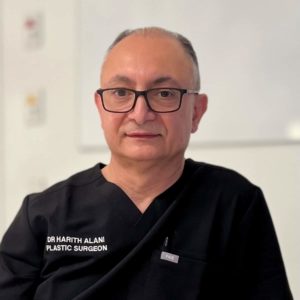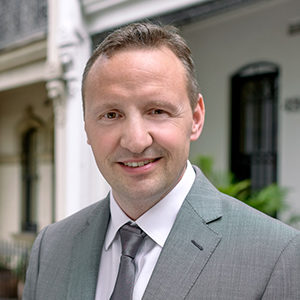Skin Lesion Removal Surgery in Southwest Sydney & Southern Highlands
Sydney Specialist Plastic Surgeons Dr Varun Harish, Dr Hari Alani and Dr Michael Kernohan perform Skin Lesion removal and Skin cancer surgery in convenient locations around Sydney, Sydney Southwest suburbs and Southern Highlands.
Pure Visage Plastic Surgery main clinic is in Gregory Hills.
Take Action on Skin Lesions
Cancerous skin lesions need urgent attention and treatment, with surgery the most common and reliable method. People often request plastic surgical removal of these skin lesions to get optimal cosmetic results. Other skin lesions (like moles) are benign and relatively harmless. These can also be removed for cosmetic reasons.
Who Gets Skin Cancer and Why?
Australians have the highest rate of skin cancer in the world. With an incidence that is continuing to rise faster than any other form of cancer, with skin cancer accounting for 80% of all newly diagnosed cancers.
The primary cause of skin cancer is ultraviolet radiation – mostly from the sun (which we have with abundance in Australia), but also from artificial sources like tanning booths. Unfortunately our culture and desire for the perfect tan, increase in outdoors activities, and thinning of the ozone layer are behind the alarming rise in skin cancers.
Anyone can get skin cancer – no matter what your skin type, race or age. But your risk is greater if…
• Your skin is fair and freckles easily
• You have light-coloured hair and eyes
• You have a large number of moles, or unusual size or shaped moles
• You have a family history of skin cancer
• You spend a lot of time outdoors
• You received therapeutic radiation treatments for adolescent acne
Get to know your skin and examine it regularly, if you notice an unusual growth or change on any part of your body, consult a plastic surgeon or a dermatologist.
Skin Lesions
1. Benign Skin Lesion
These are benign and have almost no danger of developing into cancer. They may include simple moles, skin tags or lumps.
2. Pre-cancerous Skin Lesion
These lesions exhibit early changes of malignancy and if not treated appropriately possess the potential to develop into malignant skin cancers. Examples include SCC-in-situ (Bowen’s disease) and solar keratosis.
Cancerous skin lesions
There are three main types of skin cancer:
1. Basal Cell Carcinoma (BCC)
By far the most common type of skin cancer is basal cell carcinoma, which fortuitously has the best cure rate with surgery. They are slow growing lesions, and rarely spreads to other areas of the body. If left untreated however it can grow beneath the skin and erode underlying tissues, including bone causing serious damage and requirement for extensive surgery to both treat the cancer and reconstruct the defect.
2. Squamous Cell Carcinoma (SCC)
Squamous cell cancers are more aggressive than BCC; they grow faster and occur in older people. It presents as a scaly, quickly growing pink lump, which may also bleed and ulcerate. They occur mostly in sun-exposed areas, such as the face and backs of the hands. It sometimes spreads to distant sites, including lymph nodes and internal organs. Surgical treatment will usually be curative if diagnosed in its early stages, if left untreated can be life threatening.
3. Malignant Melanoma (MM)
Australia has the highest rate of melanoma in the world. Although it is the least common skin cancer, it is the most deadly. Melanoma mostly occurs on sun-exposed skin, but can occur anywhere. It may develop from an existing mole or appear as a new brown, red or black spot which changes and grows in size. Fortunately, if diagnosed early, most melanomas can be cured with surgical treatment alone. Once the diagnosis is made, patients are usually required to undergo wider excision of the lesion and possibly have lymph glands sampled as well. If however, left untreated, malignant melanoma may spread throughout the body and is often deadly.
Treatment & Reconstruction for a Skin Lesion
Skin lesions and cancers can be treated by a number of methods, depending on the type of cancer and its location on your body. These range from simple creams through to surgical excision and reconstructive procedures. However most skin cancers are best removed surgically, as the cancer will be sent to the pathologist to ensure it has been completely removed.
Treatments of complex skin cancers, or those that occur in cosmetically sensitive areas, such as the face require considerable expertise to ensure optimal outcome is achieved.
After removal of a skin cancer a mark may be left, as it may not be possible to simply stitch the wound closed. This requires reconstruction by employing many different plastic surgery techniques, the most common techniques include:
- Skin flaps
This involves moving some skin around, to either fill a defect that is either too large or to achieve a better cosmetic outcome. Because the skin flap is usually moved from an adjacent area, the characteristics of the skin are closely matched and hence give a good cosmetic outcome.
- Skin grafts
This involves taking some skin from another location to fill the defect. It relies on new blood vessels to grow into the graft for it to ‘take’ and needs to be protected during this phase.
Followup is vital after Skin Lesion and Skin Cancer Treatment
No matter what type of skin cancer you had it is important to have a plan for follow up of both of the cancer you had treated and detection of new lesions. This involves regular skin surveillance by yourself in conjunction with your doctors. If you notice any changes in your skin, or lumps appearing in your lymph nodes (glands), such as in your neck, armpits or groin, please let your doctors know.
Potential risks of Skin Lesion Removal Surgery
Just like it is the case with any surgical intervention, there are potential risks and complications associated with the skin lesion removal surgery. Find out more from Dr Kernohan’s plastic surgery risks page.
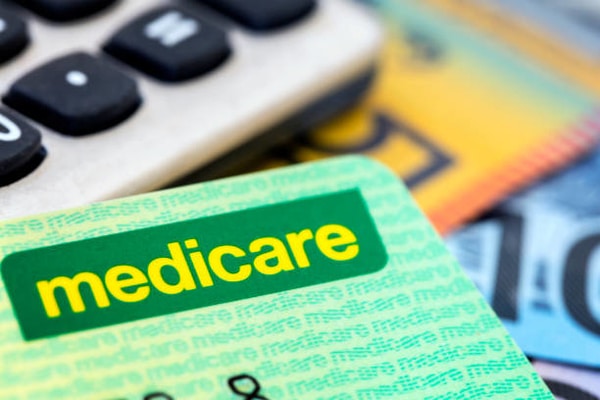
How much is Skin Lesion Removal Surgery in Sydney?
If you are wondering how much you have to pay for a skin lesion removal surgery in Sydney, you should know that the fees vary depending on different factors. Among these factors are the experience of the plastic surgeon, the complexity of the procedure, to name just a few.
Find out more about plastic surgery fees and costs. Contact Dr Kernohan’s team today to get a cost estimate or to book a consultation.
Will Medicare cover my Skin Lesion Removal Surgery?
You can find out more details about Medicare for skin and hand surgery here. You should also know that there are payment plans available that can help you fund the surgery.
How to find the best Skin Surgeon in Sydney?
A little bit of research is necessary if you want to find out who is the best skin surgeon in Sydney for your procedure. You can ask your doctor.
When scheduling the first appointment with the plastic surgeon, make sure to go prepared, ask questions and discuss your concerns.

Skin Lesion Removal Surgery FAQs
Is it necessary to see a plastic surgeon to get rid of the skin lesion?
- The recommendation is to see a plastic surgeon when you are dealing with a skin lesion for a proper evaluation and surgical plan.
How long does it take to get the skin lesion removed?
- The duration of the procedure is dependent on the complexity of the intervention. You will find out the details about the surgical plan during the initial consultation with the plastic surgeon.
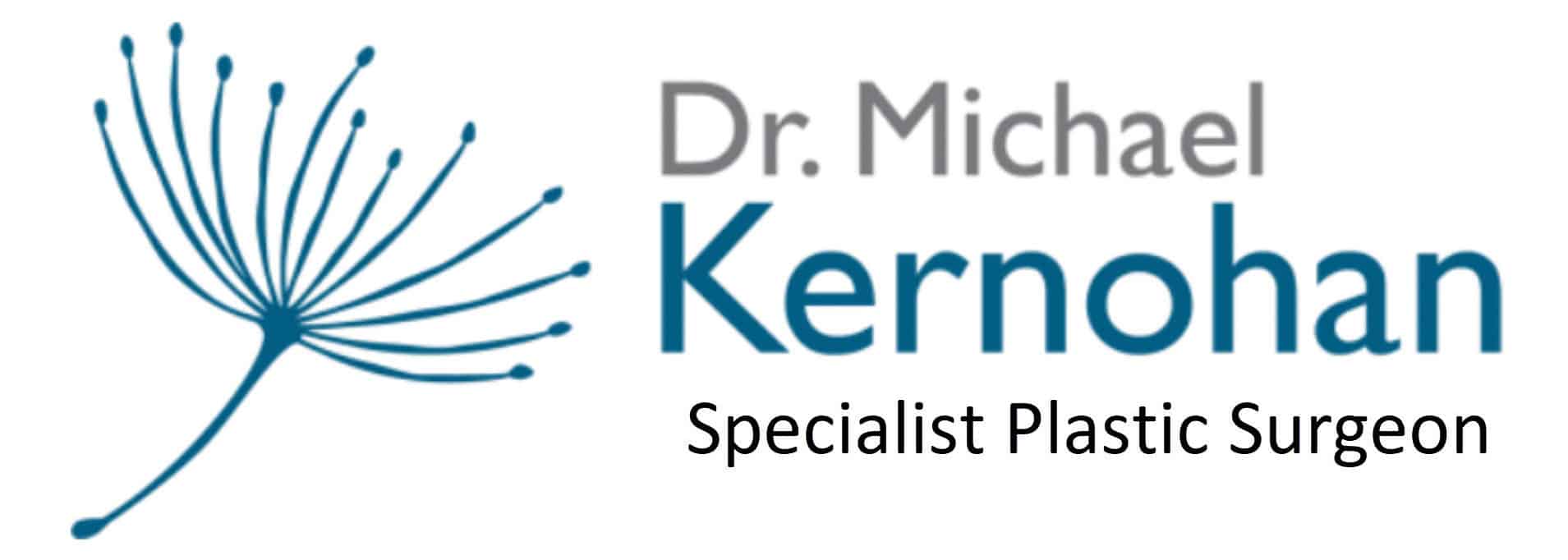

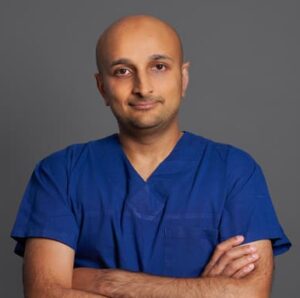 Dr Varun Harish FRACS (Plas) – Plastic Surgeon
Dr Varun Harish FRACS (Plas) – Plastic Surgeon